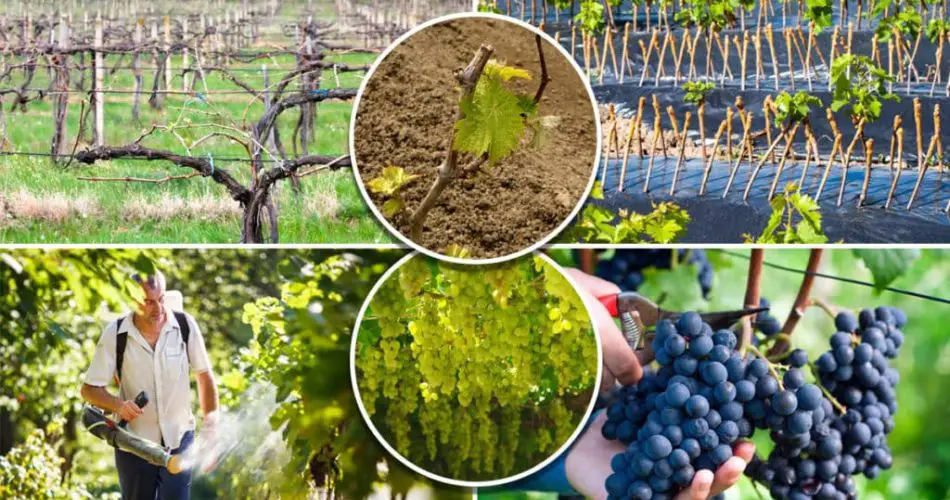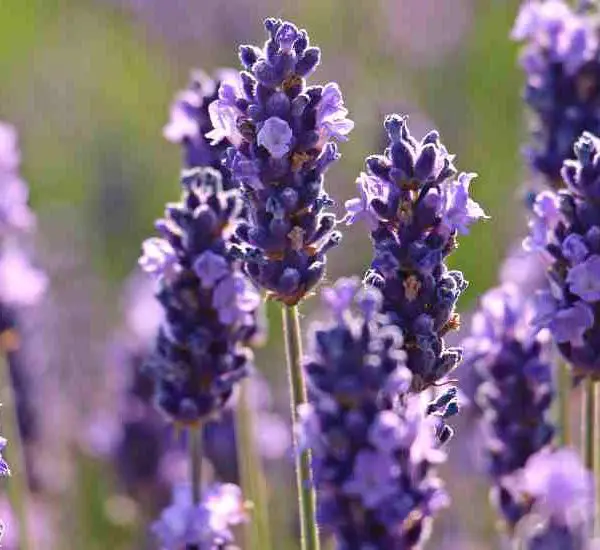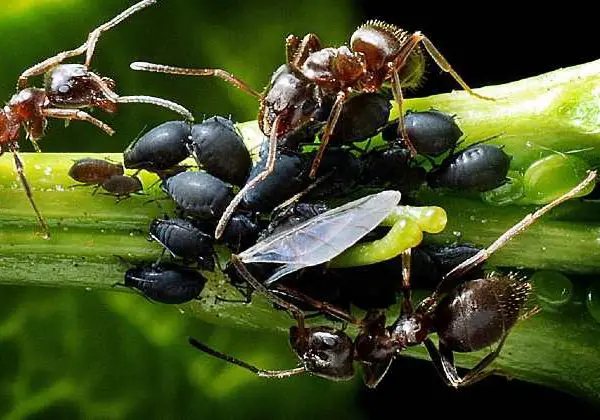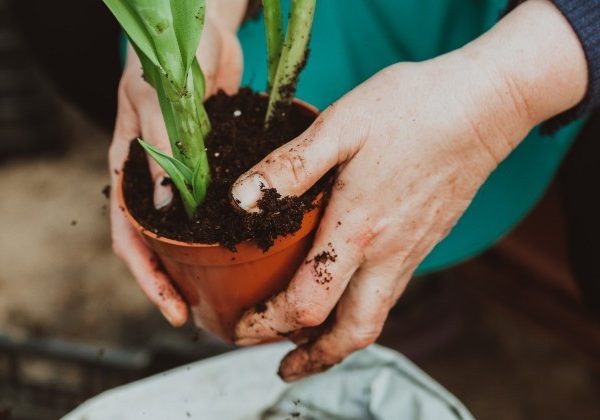Spring is a critical time for grapevines, marking the transition from dormancy to active growth. Proper care during this period is essential for a healthy and productive grape harvest. Here’s a comprehensive guide to managing your grapevines in spring, focusing on opening, pruning, spraying, and watering.
1. Opening of Grapes in Spring
Gradual Removal of Shelter:
- Timing: Start removing the shelter from young grapevines in the first half of March.
- Process: Begin by uncovering the lower parts to allow gradual exposure to air. This helps the plants adjust to increasing light and temperature.
- Complete Uncovering: Once temperatures consistently stay above 10°C (50°F), fully remove any remaining protective covering to avoid temperature shock.
2. Grape Pruning in Spring
Sanitary Pruning:
- Timing: Perform pruning after the risk of frost has passed and night temperatures are consistently above 5°C (41°F).
- Tools: Use well-sharpened secateurs to make clean cuts and minimize damage to the vines.
- Pruning Procedure:
- Young Vines (First Three Years): Cut back most branches, leaving only 2-3 of the strongest shoots. This encourages the development of a strong structure.
- Mature Vines: Remove only diseased, dried, or weak branches. Retain the healthiest and strongest vines to ensure robust growth and fruiting.
- Benefits: Proper pruning increases yield, improves air circulation, and reduces shading, enhancing berry ripening and quality.
3. Spraying Grapes in Spring
Disease and Pest Management:
- Initial Treatment: Immediately after removing the shelter, treat the vines with a solution of iron sulfate to prevent fungal diseases and pests.
- Subsequent Treatments: Apply universal insecticides once the first green leaves appear to control insects.
- Pre-Blooming Care: Ensure all chemical treatments are completed before the grapevines start blooming to avoid residues affecting the fruit.
Additional Sprays:
- Permethrin: Effective against a variety of pests.
- Bordeaux Liquid: Provides protection against fungal diseases.
- Colloidal Sulfur: Controls mildew and other fungal issues.
- Soapy Water: Acts as a mild insecticide.
- Nitrafen: Controls various pests and diseases.
Note: Always follow the manufacturer’s instructions for chemical treatments and consider using organic alternatives if preferred.
4. Watering Grapes in Spring
Watering Schedule:
- Before Bud Swelling: Water mature bushes with approximately 10 buckets of water. Young plants require 2-4 buckets.
- Second Watering: Conduct a second watering at the beginning of May.
- Avoid Overwatering: Ensure that the soil is moist but not soggy, as excessive water can lead to the fall of the ovary and other issues.
Best Practices:
- Drip Irrigation: Consider using drip irrigation to provide consistent moisture without overwatering.
- Soil Check: Regularly check soil moisture levels and adjust watering practices as needed.
Summary
- Opening: Gradually remove winter protection in early spring to help vines acclimate.
- Pruning: Sanitize and prune vines after frost risk has passed, focusing on removing weak or diseased branches.
- Spraying: Treat with iron sulfate after uncovering, and follow up with insecticides and fungicides as leaves emerge. Complete treatments before blooming.
- Watering: Water mature vines with 10 buckets before bud swelling and follow up with additional water as needed, avoiding excess.
By adhering to these guidelines, you’ll set your grapevines up for a thriving growing season, ensuring a bountiful harvest of high-quality grapes.
Show Comments



